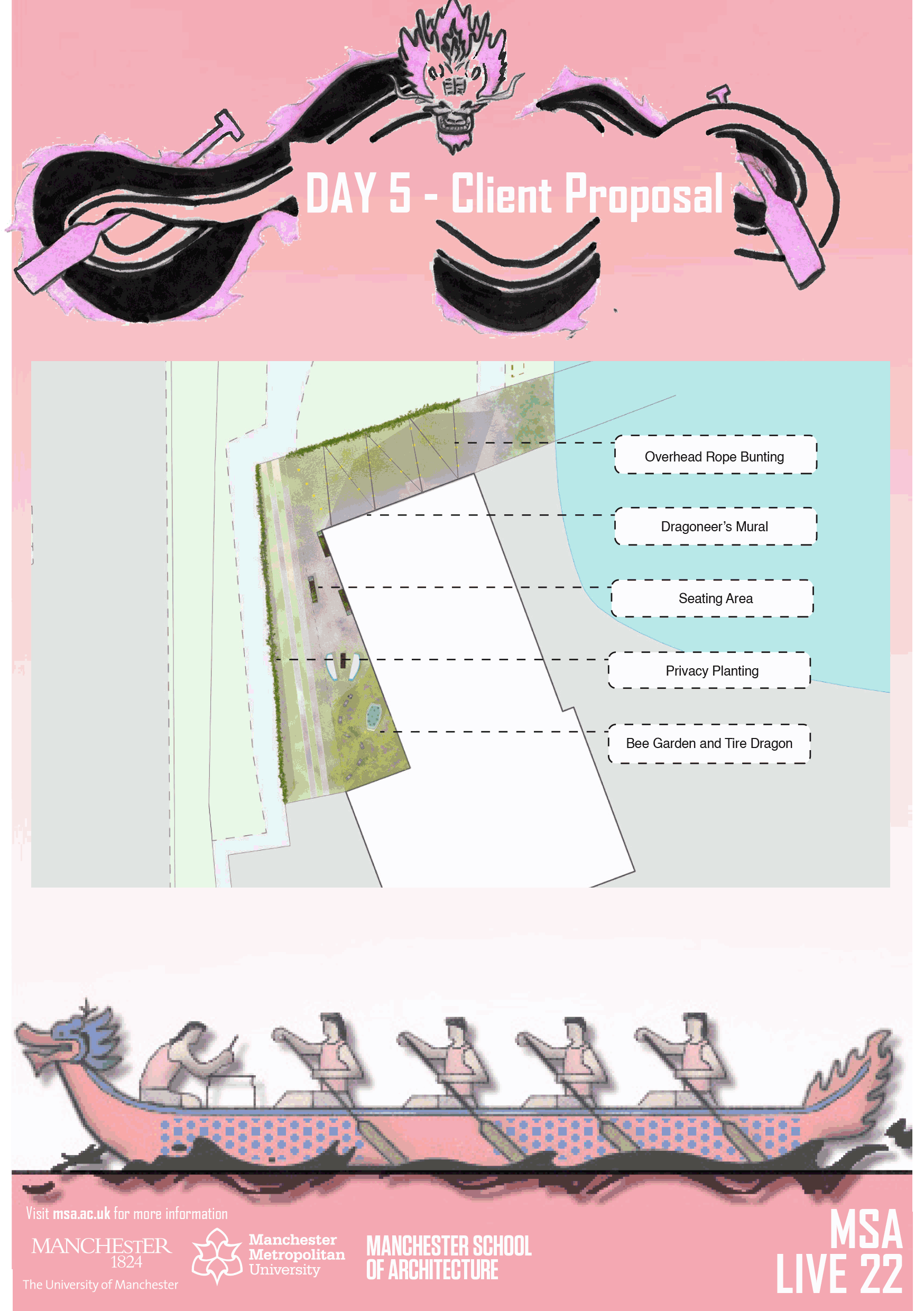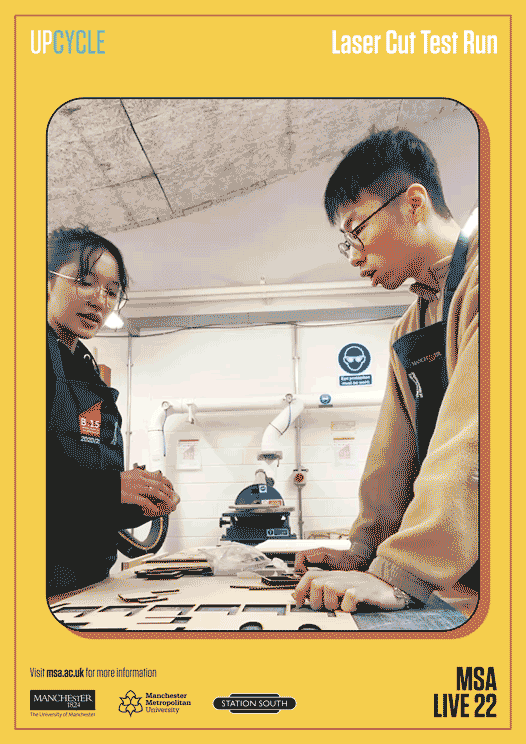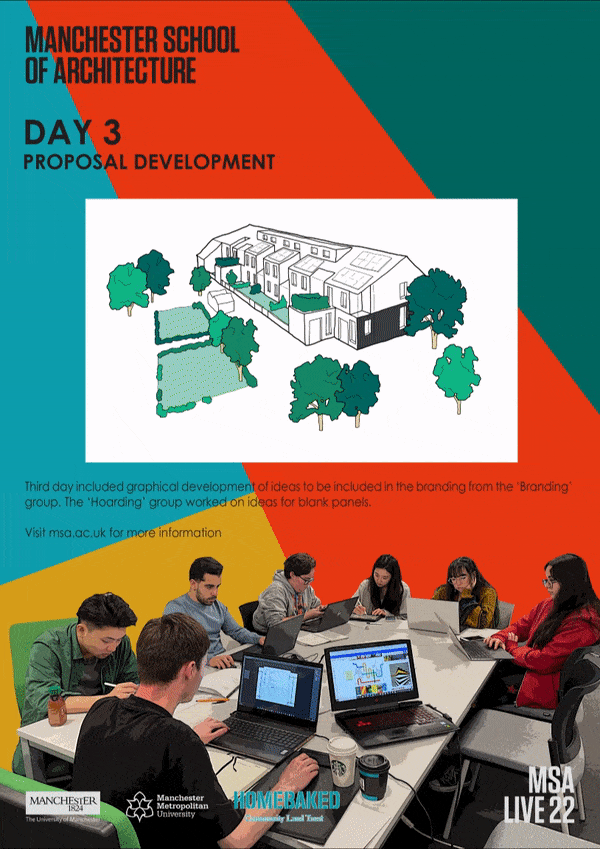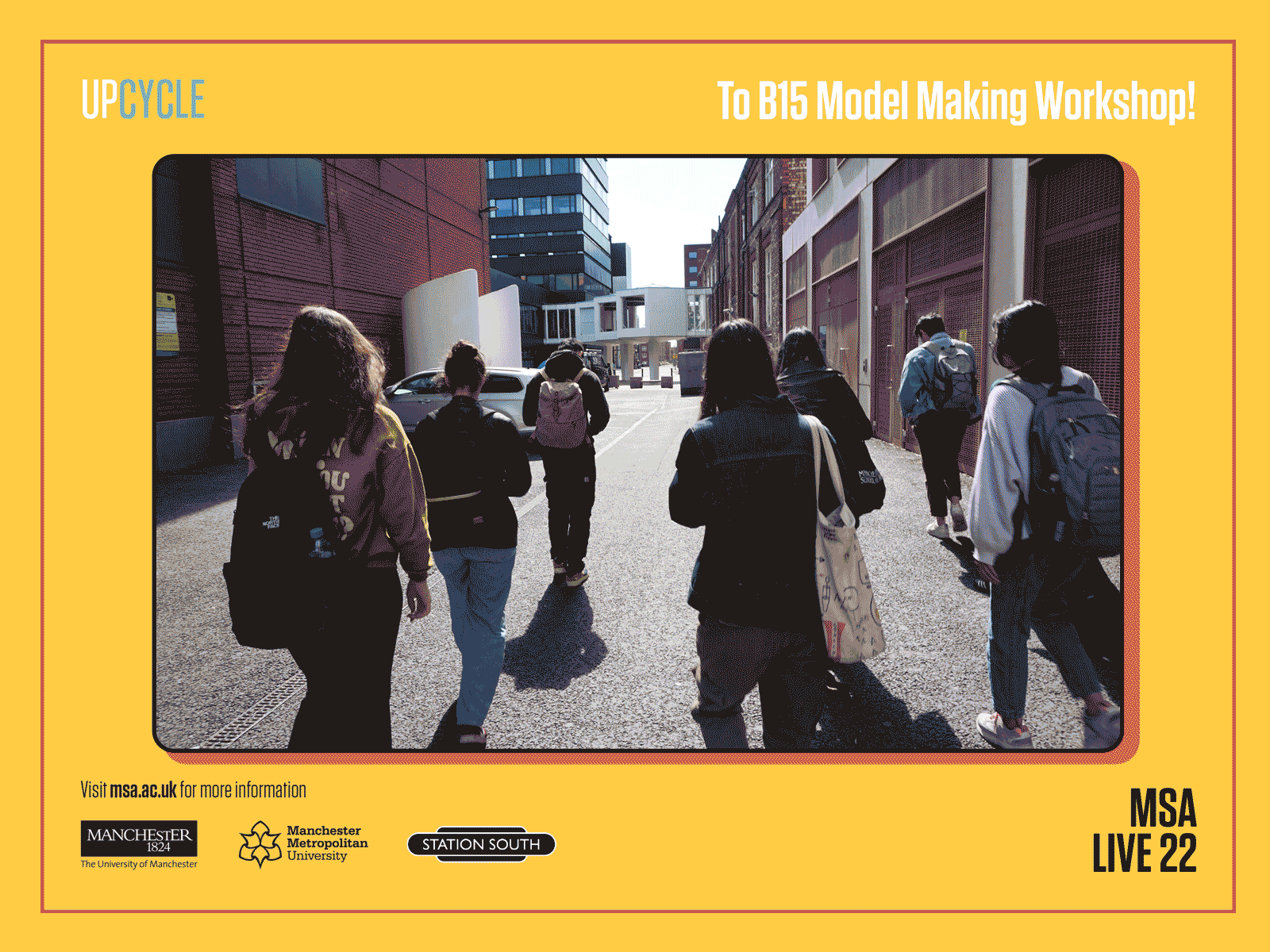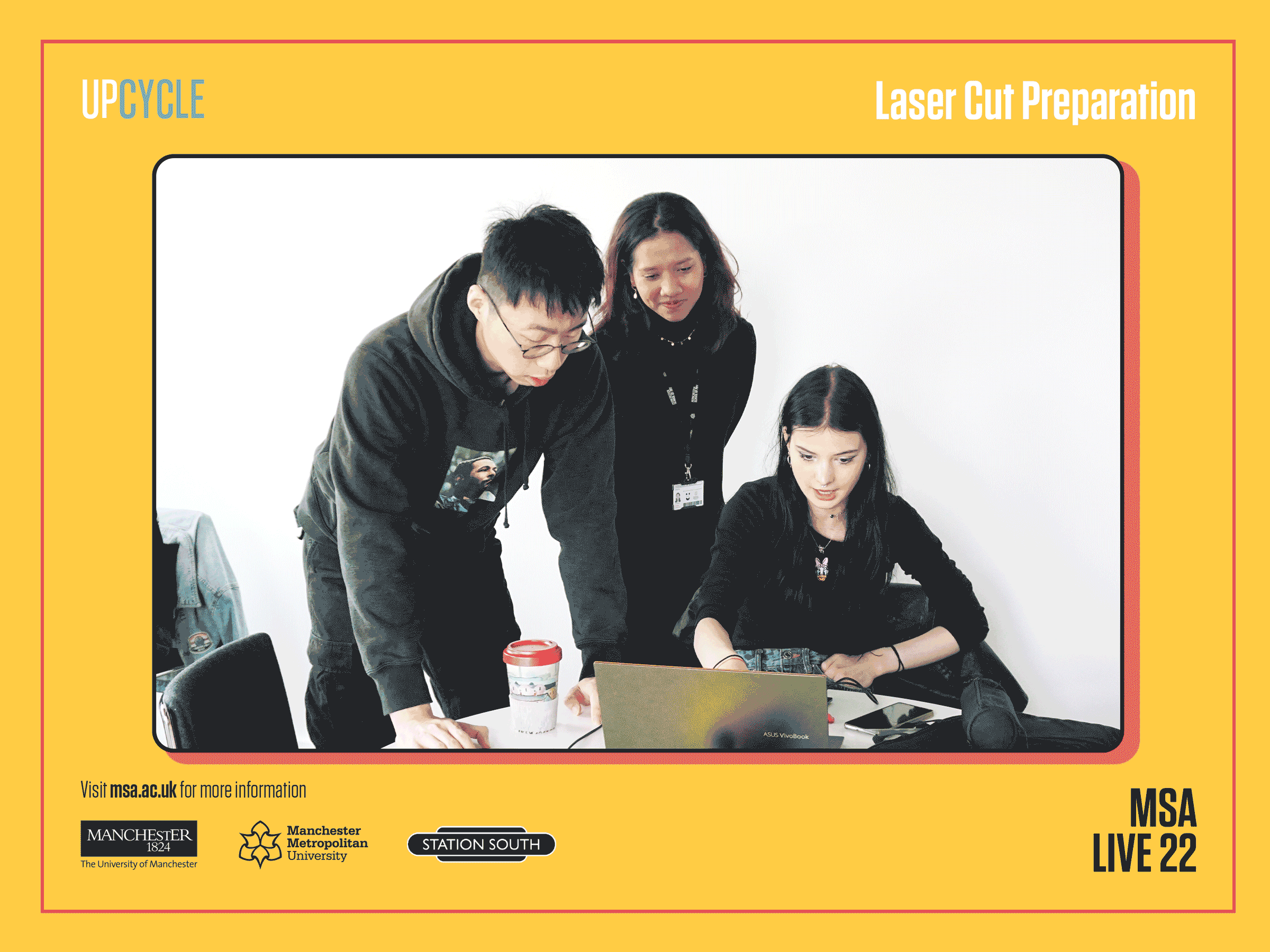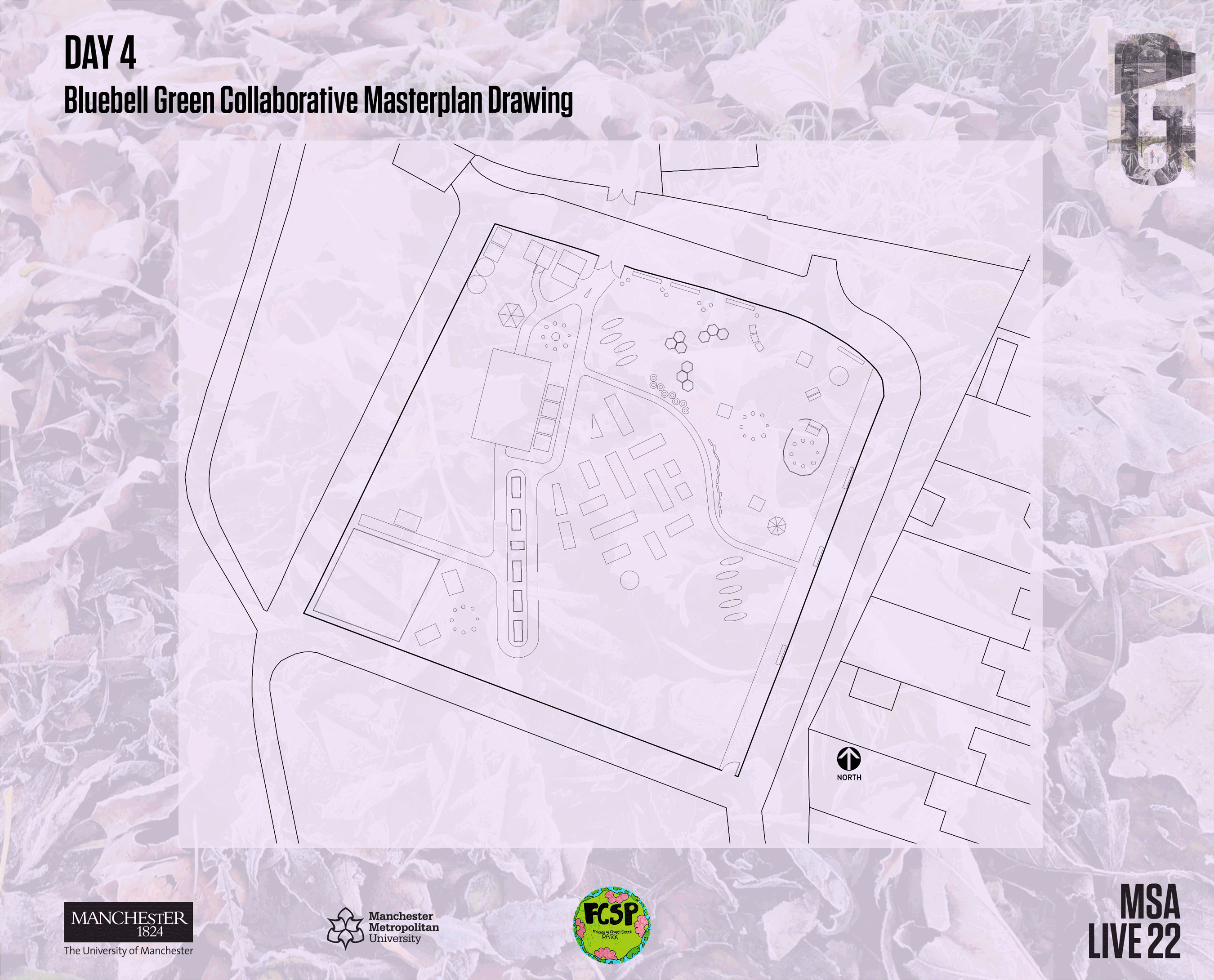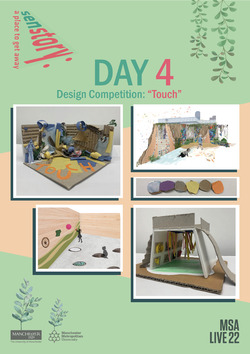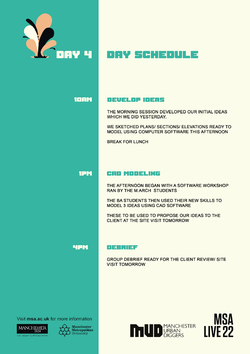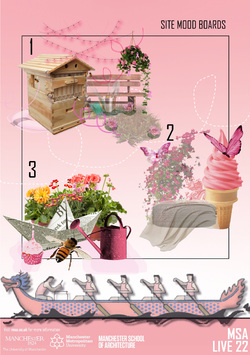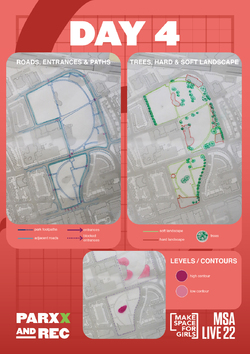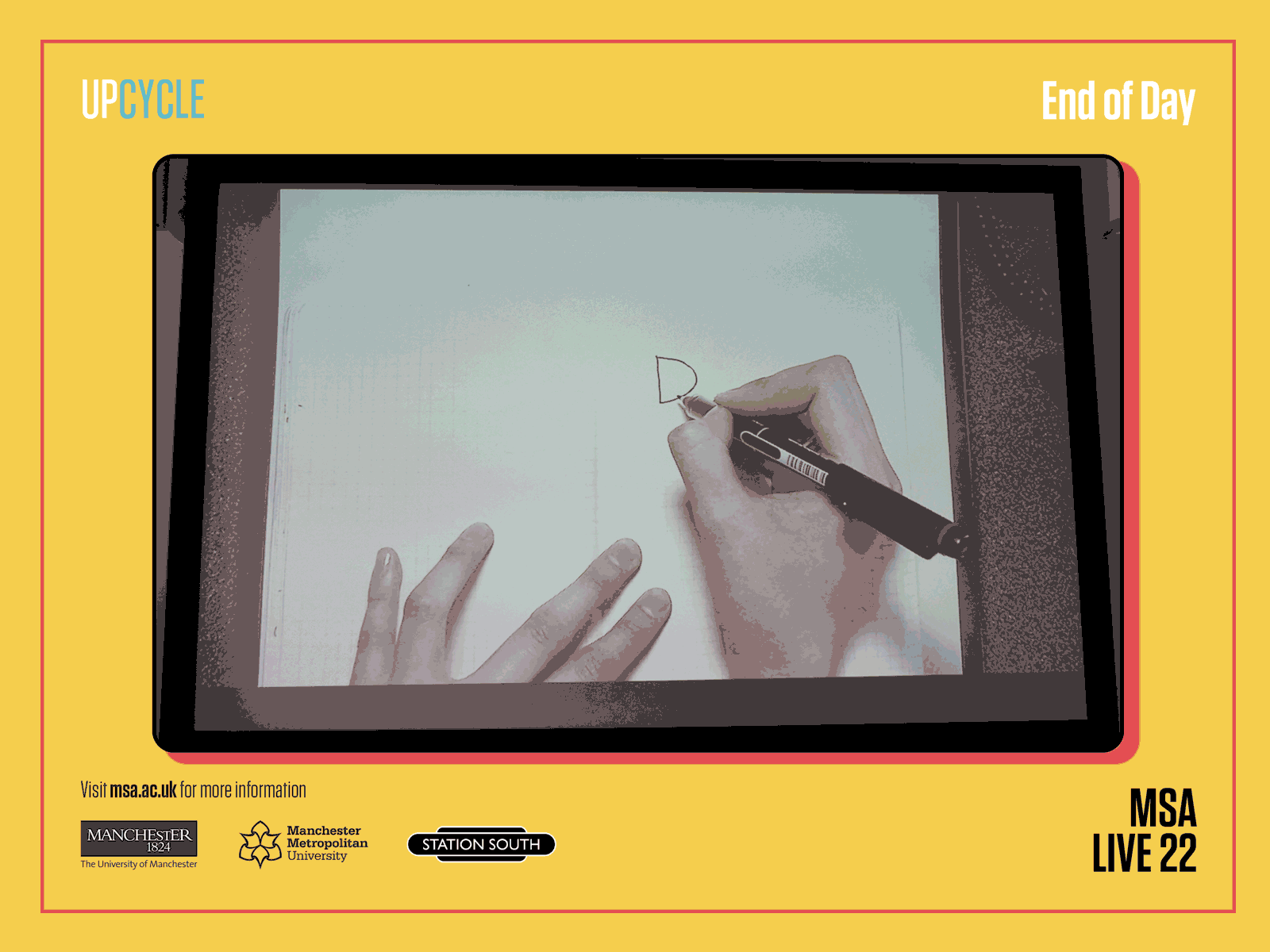DAY 5: Visualisation Development
We focus on students' design development process and try to connect handsketch and precedent ideas with 3D model and rendering. The enscape tutorial
We focus on students' design development process and try to connect handsketch and precedent ideas with 3D model and rendering. The enscape tutorial
Posted 20 May 2022 21:29













